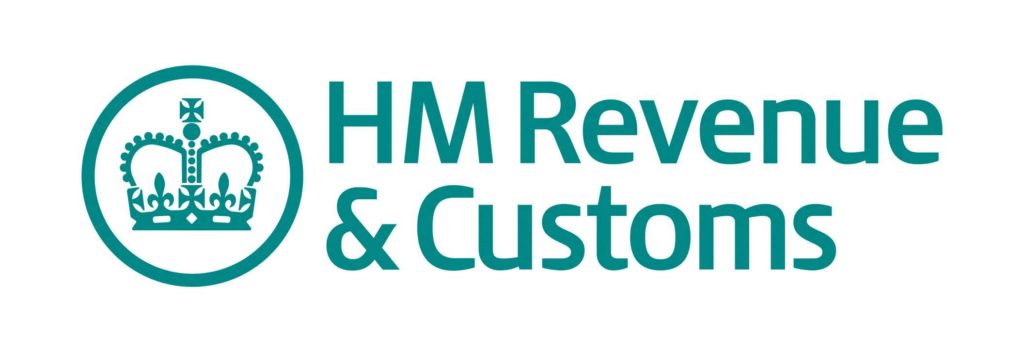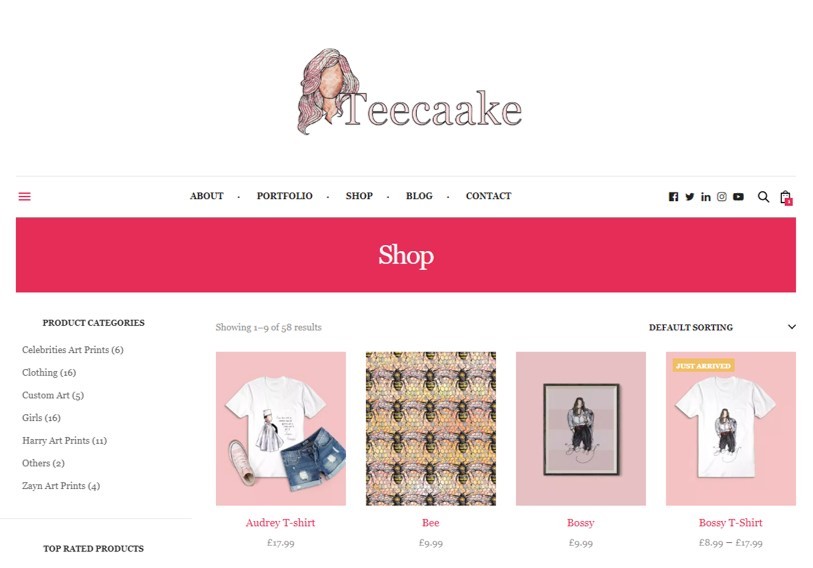Artist? Illustrator? Designer? Feminist? Activist? CEO? Director? Businesswoman?
I sometimes struggle to explain to people what I am or what I do, but the truth is I am all those above mentioned things. I understand that labels are often unnecessary and misleading and doesn’t tell you much about someone’s job and what it entails. That’s where this blog post comes in.
So here is a list of things I have done that are considered, ‘business’ and some tips for those of you who wish to pursue the same things.
1. Register Your Company
If you’re thinking about authenticating your work and giving the brand you’ve created or wish to create an official stance, registering a company in your name is definitely the way to go. It’s usually a very quick and easy process and not that expensive. If you’re unsure on where or how to register your business, it’s always best to do some research beforehand as you don’t want to give your personal information to the wrong people.

2. Create Business Cards

This seems like a somewhat trivial point to make, but business cards are crucial to networking. You never know when you will meet your next client or collaborator or admirer. It is extremely handy to have a few business cards with you at all times so that if anyone has an enquiry to make about the kind of artwork you do, you can give them direct contact details. For artists/illustrators especially, the realm of business cards are a goldmine. There is so much fun to be had with the creativity that you can exercise in designing your business cards! It is also a great tool to give your recipients an overview into the kind of artwork you do. Simply make sure to have one (or several) of your pieces printed on the back!
3. E-commerce
It goes without saying, but if you’re an online business, having a functioning and user-friendly e-commerce system in place is one of the most important aspects of your business. An e-commerce feature is a feature on your website that will allow you to sell your work directly to your customers. If you are new to online businesses and cannot yet invest in features such as e-commerce for your website, sites such as Etsy, Society6 or Redbubble are a great place to start instead.

4. Price Your Artwork
There is a lot of work to be done when deciding how much you want customers to be paying for your artwork. I personally like to think of the hours I put into creating each piece and compare it to the money I’d be earning in a job for that amount of time. This gives me a good rough estimate of how much I should price my work at. Looking at other artists’ prices is also a great tool in helping me decide if I am underpricing my artwork if someone doing similar work to me is charging people twice as much.
For more complicated products such as t-shirts for example, the pricing needs to be broken down into several levels. Factors such as how much it cost to make, print the designs and package each t-shirt come into play as well as combining the price of the artwork you are selling with the garment.
5. Contact Suppliers/Merchandisers

This is both one of my most favourite and easily least favourite part of the ‘business of things’. Trying to find the right suppliers who will provide you with the correct quality art prints and garments that do your artwork justice is difficult. There are several mistakes you have to make and lots of money that at times feels like is going to waste for when you are going through suppliers. You can find you can order 300 stickers for the same price as you would order 30 stickers but from two different suppliers. It isn’t until you’ve tested out the products that you know who has conned you and who hasn’t.
When it comes to dabbling in the garments industry, special care needs to be taken when dealing with merchandisers. You need to be careful about the measurements and size charts you are providing them so that they give you quality products in return. No one wants a short sleeve t-shirt that has sleeves longer than the length of their jeans! And so, it is very important to be present and alert during every single decision you are making or are responsible for making.
6. SEO/Research/Website Maintenance
Finally, search engine optimisation (SEO) and researching the current trends and making sure your website is up to scratch is also very important. New websites and blogs are being created everyday and to stay current and on top of all the search engines, you need to know what people are searching for. There are several paid services that can be received to aid you with such matters. However, things such as website maintenance is a great way to learn some firsthand coding. In a continuous growing world of technology, being ‘tech-savvy’ will certainly pay off in the long run. So, grab a cup of coffee and sit down with some HTML/CSS 101. You’re going to need it!
These are just 6 things that can contribute to growing your business. For any further questions, leave them in the comments section below!
